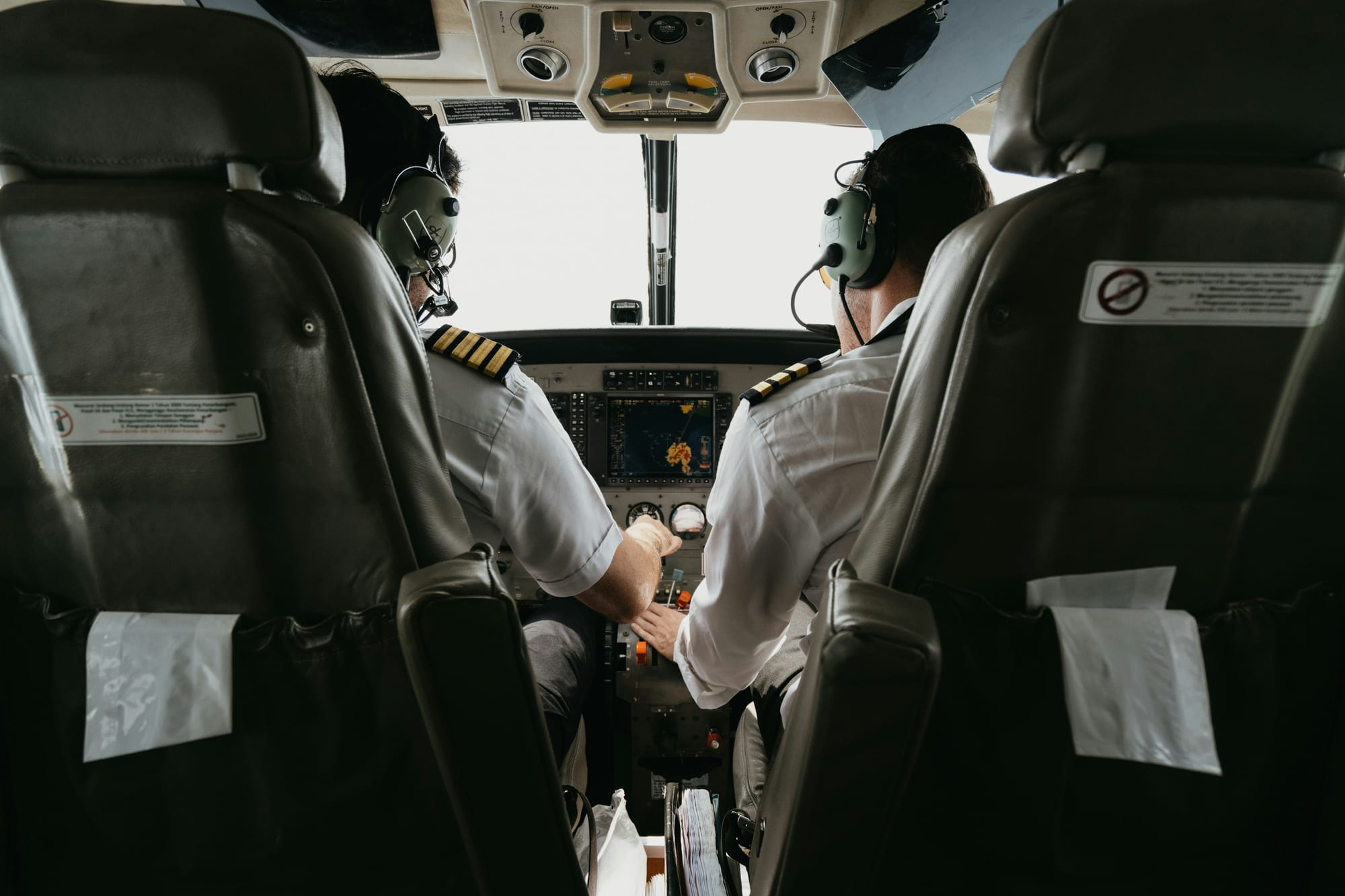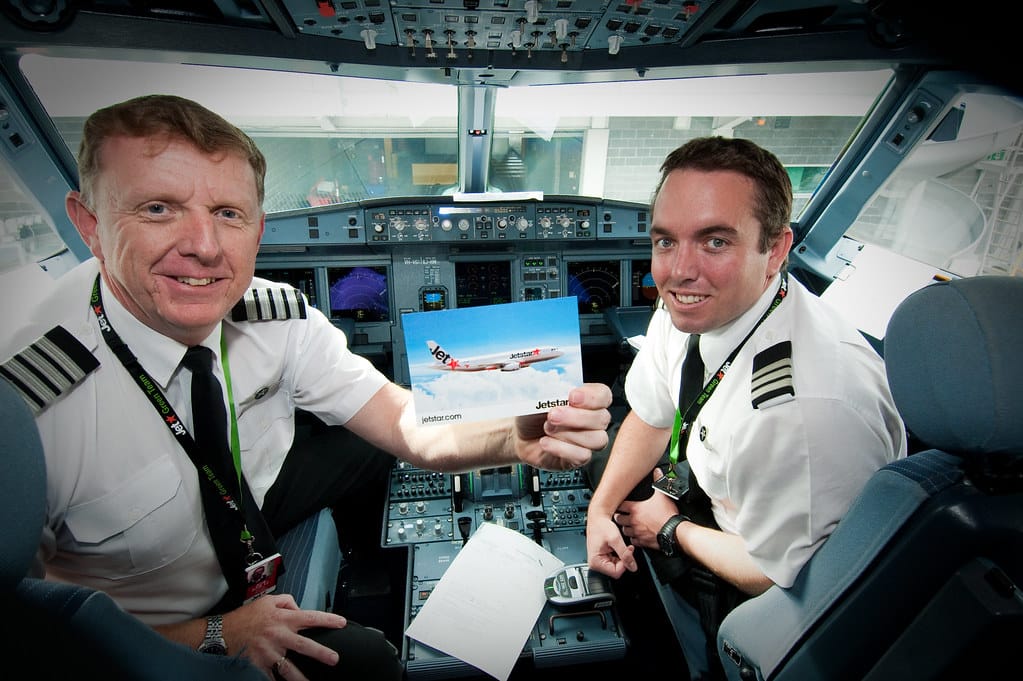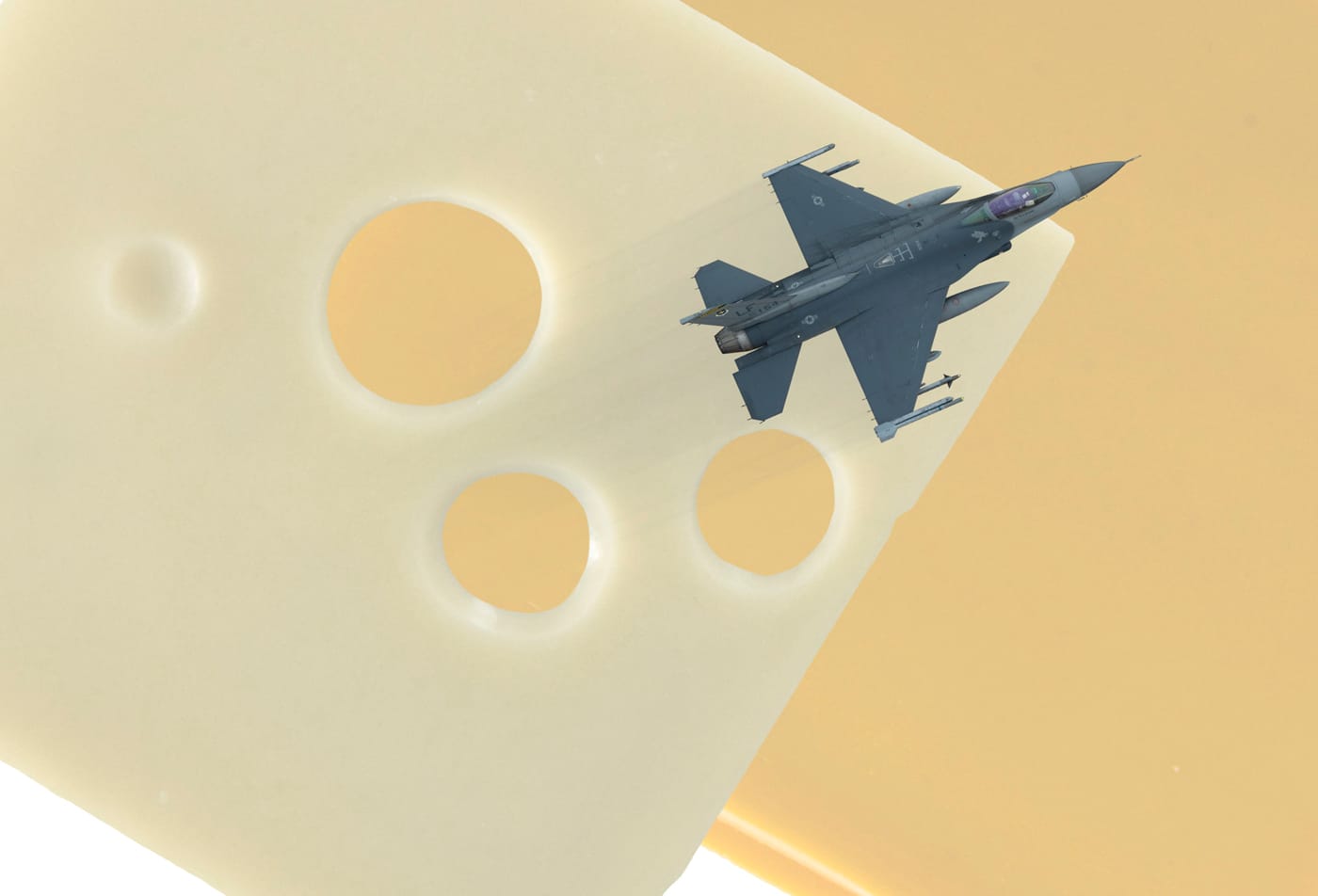Why Deicing Is Crucial for Airplane Safety in Winter

Winter weather brings a variety of challenges for the aviation industry, one of the most critical being the need to deice airplanes before flight. While many of us are familiar with the sight of deicing trucks spraying planes on the tarmac, the importance of this process is often overlooked.
When temperatures drop below freezing, ice, frost, and snow can accumulate on an airplane's wings, tail, and other surfaces. While it may seem like a minor inconvenience, the presence of ice or snow can significantly impair the aircraft’s performance.
1. Aerodynamics of the Wings
The wings of an airplane are designed with a particular shape and surface area to allow air to flow smoothly over them, generating lift. Ice and snow buildup can disrupt this airflow, reducing lift and causing the airplane to struggle in maintaining altitude. Even a thin layer of ice can change the airflow characteristics and cause the plane to fly inefficiently, which can lead to a dangerous loss of control or performance issues during takeoff.
2. Reduction in Control Surfaces Efficiency
Aircraft control surfaces, such as ailerons, elevators, and rudders, are essential for maneuvering the plane. Ice or snow can cause these surfaces to become sluggish or less responsive, making it harder for pilots to control the aircraft, especially during critical phases of flight such as takeoff and landing. This can lead to dangerous situations, particularly in low visibility or when rapid response is required.
3. Obstructed Sensors
Modern aircraft are equipped with various sensors and instruments, such as pitot tubes and static ports, that provide critical information to pilots. These sensors can become blocked by ice, leading to faulty readings on airspeed, altitude, and other important data. If these readings are inaccurate, pilots could be flying with incorrect information, which poses a serious safety risk.
The Deicing Process
Deicing is typically done using specialized trucks equipped with spray nozzles that apply a heated deicing fluid to the aircraft's surfaces. There are two main types of fluids used in deicing:
- Type I Fluid: This is a bright orange or green fluid designed to remove existing ice or snow from the plane’s surfaces. It is typically used first to clear the plane of any buildup.
- Type II, III, or IV Fluids: These are thicker, often green or light yellow, fluids used to provide a protective layer that prevents ice from accumulating during flight. These fluids are more viscous than Type I and are typically applied after the initial deicing process to ensure that the aircraft remains free of ice for a longer period.
The deicing procedure ensures that the airplane's surfaces are clean and clear, allowing for optimal performance during takeoff.
Impact on Safety
The main reason airplanes need to be deiced in the winter is to ensure that they are safe to fly. Without proper deicing, the risks increase significantly. Here's how:

1. Prevention of Accidents
Deicing ensures that the plane's lift is not compromised, preventing situations where the aircraft could struggle to take off or lose altitude unexpectedly. The buildup of ice or snow on the wings or control surfaces could lead to dangerous accidents, especially if the plane encounters turbulence or other challenging conditions.
2. Reduced Risk of Loss of Control
When control surfaces are iced over, pilots may not have the necessary response times or maneuverability to handle an emergency or challenging situation. Deicing helps maintain full functionality of these critical components, reducing the risk of accidents caused by unresponsive control inputs.
3. Avoidance of Flight Delays and Uncertainty
By deicing the plane, airlines can prevent situations where the aircraft needs to return to the gate or perform an emergency landing due to ice-related issues. This helps reduce flight delays and ensures that passengers and crew remain safe throughout the journey.
Final Thoughts
While it may seem like a minor detail in the overall complexity of aviation, deicing is a critical part of wintertime flight safety. The buildup of ice or snow on an airplane’s surfaces can have a significant impact on its aerodynamics, control, and instrumentation. Deicing ensures that the aircraft remains in optimal condition, reducing the risk of accidents and providing passengers with a safer flying experience.
Airlines take these precautions seriously, and as a result, the aviation industry is one of the safest modes of travel, even in harsh winter conditions. The next time you see a deicing truck at the airport, remember that it’s an essential step to ensure that every flight takes off and lands safely, no matter the weather.





